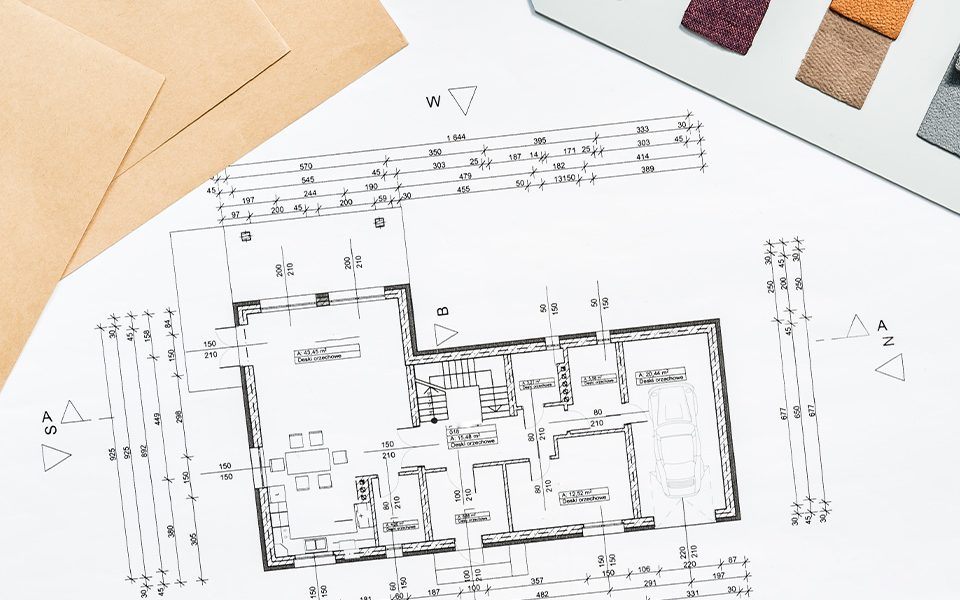The average three-bedroom home is 235.8m² built on a 474m² block, but why is that so far removed from the Australian ideal (land roughly 200m² smaller)? Unfortunately, a lot of homeowners have settled for smaller homes, but ABS data shows that this has caused dissatisfaction, with 43.6% of Australian homeowners unhappy with their homes due to size. Additionally, whilst the current average land size is 474m², the National Land Survey Program shows that prospective buyers are looking for an average land size of 665m². The demand for bigger land isn’t the only thing that has grown, with the average size of newly-built Australian homes increasing by 2.9% between the years 2019 to 2020. Overall, Australians have always preferred larger homes, even surpassing the United States, known for their aptly named jumbo residencies “McMansions”.
You may be wondering how each Australian state compares in terms of home size. This can vary depending on the type of home you’re looking for, according to the CommSec Home Size Trends reports 2019/20 data, with other dwellings such as townhouses or apartments generally trending towards smaller sizes:
| State/Territory |
House |
Other Dwelling |
| ACT |
256.3m² |
143.0m² |
| Victoria |
250.3m² |
155.0m² |
| NSW |
252.0m² |
121.3m² |
| Western Australia |
232.5m² |
150.5m² |
| Tasmania |
179.0m² |
132.5m² |
So how do we get these measurements? Well, it’s fairly simple. Generally, this information is available through real estate listings or floorplans, but it can also be measured through the use of a measuring tape, calculator and writing implements. All you need to do to find the size of your home is:
- Draw a rough sketch/floorplan of your home, mapping out the rooms (including hallways) that you’ll need to measure.
- Measure each room’s width and length in metres and then multiply them together to calculate the square metres. You then simply note the final calculation onto your sketch.
- This process is repeated for each room until you have the square metres of every room. These measurements are then added up to calculate the home’s total square metres.
It’s important to note that the typical house measurements don’t include areas such as garages, which are considered non-usable spaces.






